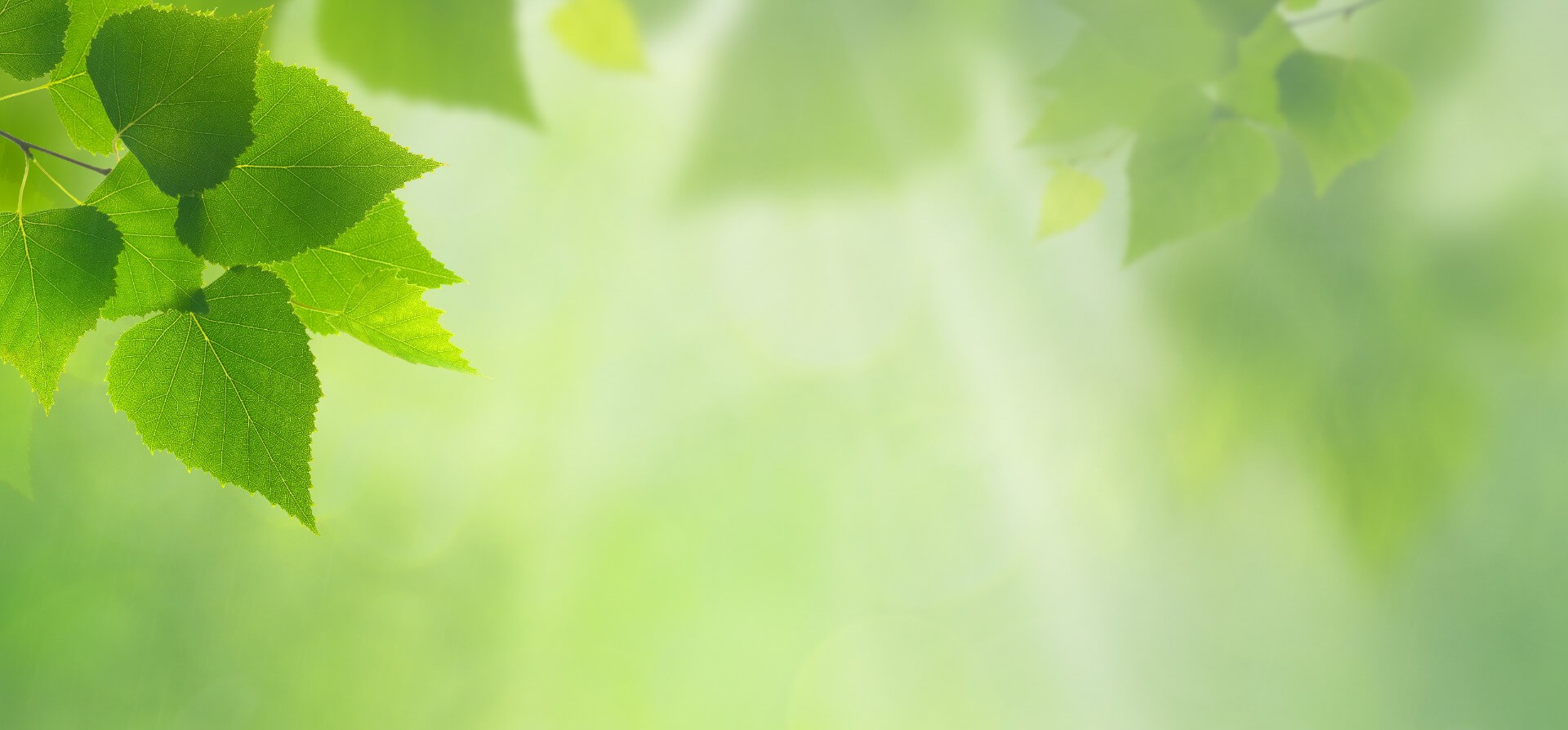
The Project
Can phytoremediation make our cities clean again?
Introduction
Humans have a major impact on the environment and ecosystems. One could argue that no place on Earth remains completely untouched by man, if only because of the far-reaching effects of human-induced climate change. Changes in land use include an increased surface of agricultural land, built-up area and infrastructure. In the Netherlands, for example, the built-up area covers approximately one seventh of the total land area and it continues to expand. As a consequence of this ongoing urbanization, natural habitats have not only been degraded, but are heavily fragmented as well. To connect these fragmented habitats, a major shift in the design of our cities is needed! We should start to view urban areas as potential sources of biodiversity and create green cities that will help to mitigate negative effects of urban sprawl.
Moreover, densely populated areas are generally associated with high levels of pollution in water and soil. This contamination of our cities not only poses a threat to human health, but can negatively impact plants and animals as well. However, some plant species can cope with pollutants and are even capable of extracting these substances from the environment. The use of plants to decontaminate polluted areas is termed phytoremediation. Several different methods of phytoremediation exist, among which contaminant stabilization, accumulation or even breakdown.
Planting species with high phytoremediative efficiency in urban areas may thus aid in reducing the harmful effects of pollution. Simultaneously, implementation of phytoremediation plants could provide the opportunity to stimulate urban biodiversity.
Our Mission
Though recent research has gathered extensive information about phytoremediation, We still miss knowledge of practical limitations and implementation of phytoremediation in urban areas. Besides, integration of phytoremediation and biodiversity is still lacking.
Therefore, this project aims to give an indication on the effectiveness, practical issues and implementation of phytoremediation in urban areas. Specifically, a connection is made between phytoremediation and biodiversity in cities.
Project problem
The problem this project focuses on is that city planners are lacking information about the practical usability of phytoremediation in urban areas to clean soils and surface waters, while enhancing local biodiversity, using plant species native to the Netherlands.
Output
The main product of our project is a database that lists plant species, native to the Netherlands, that have phytoremediative properties and can additionally contribute to local biodiversity. This database should serve as a guideline for city planners and architects that want to combine phytoremediation with biodiversity in their design and planting schemes. Therefore, the database will be accompanied by a manual explaining the main aspects of both phytoremediation and the database itself.